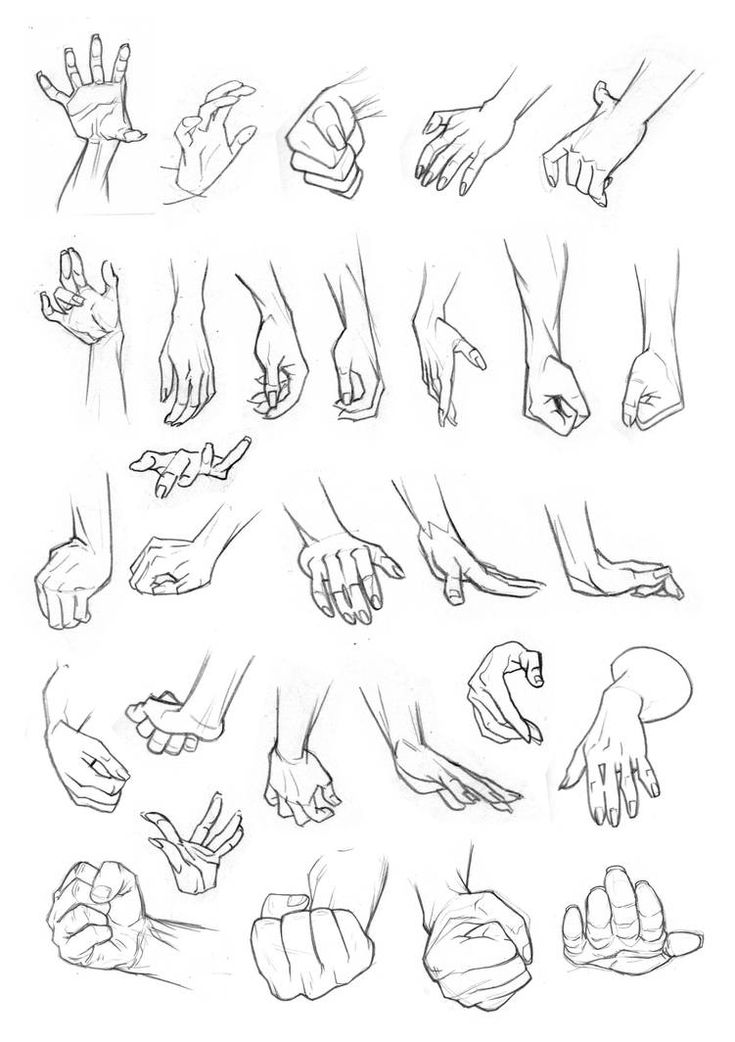Tips for putting newborn to sleep
Top 12 Newborn Sleep Tips To Get You Through The First 3 Months
The first 3 months of bringing a baby into the world are some of the most exciting and exhausting. To ease the transition for life outside of the womb we’re here to give you the support you need when it comes to newborn sleep!
These helpful newborn sleep tips are broken down week by week to get you through this season. Infants change and grow so much and you need tips that change with them. When you hit the 12-week mark you’ll be able to look back and see how much your newborn grew!
You’ll also be able to look back and see how your newborn’s sleep patterns have changed.
Until then take things one week at a time so you can focus on using the right newborn sleep tips at the right time when your baby needs them!
1st Month Newborn Sleep Tips
What Your Newborn Is Up To: When it comes to the first few weeks of life everything is about figuring things out. Both parents and newborns are in the introductory stage…like the getting to know you stage.
For your newborn, he or she is adjusting to life on the outside. Everything is new! Sounds, light, dark, feeding, touch, mom and dad or siblings… it’s a brand new world. Your newborn is still developing too. Things like figuring how to latch or feed are new. Newborn eyesight isn’t fully developed. Stretching their bodies out and moving arms and legs is a new sensation.
For parents, things are new too! You’re probably getting familiar with your newborn’s cues, like which pacifier works? What swaddle blanket does the baby prefer? What do your baby’s different sounds mean? How many diaper changes are needed and how should feedings be spaced out.
So where does sleep come into play? Here are newborn sleep tips to help you during this stage.
Week 1: Bond
This first week of life is a big bonding moment between you and your new baby! The number one newborn sleep tip is to bond as much as possible.
What does that mean? Soak in the baby snuggles. Get some skin-to-skin time in. Hold your baby and enjoy the moment.
Get some skin-to-skin time in. Hold your baby and enjoy the moment.
Week 2: Create A 4th Trimester Environment
The first 12 weeks in a newborn’s life is often referred to as the 4th trimester. That is doing things to help replicate life in the womb for your baby. It can be a shock to the system to be out in the world. Help your baby adjust by giving them a 4th-trimester environment!
Creating a 4th-trimester setting for your newborn will also help your baby sleep as it a very soothing environment.
What does it look like? Swaddle your baby to keep their limbs feeling cozy. Offer things to suck on like a pacifier. Use white noise when putting baby down to sleep like radio static or a white noise app on your phone. Rock baby to help your newborn fall asleep.
Week 3: Show Your Newborn The Difference Between Night And Day
Newborns don’t know the difference between night and day when they are born. That’s one of the reasons why they are up and down at all hours. To acclimate their body clocks to the rhythms of your day introduce your newborn to the concept of night and day.
To acclimate their body clocks to the rhythms of your day introduce your newborn to the concept of night and day.
This important newborn sleep tip will help them set their internal clocks to be awake more during the day and sleep for longer stretches at night eventually.
To do this create a stark contrast to day and night in your home.
During the day keep lighting and noise at a normal level. Where ever baby naps keep the room from being pitch black. Play music in the background. Do most of your activities during the day.
At night soften the environment. Turn down the lights and the volume. Slow down the pace of life. When putting baby down at night draw the shades closed and make the room dark.
Over time your newborn will adjust and with it adjust their awake and sleep hours.
Week 4: Look For Sleep Cues
Your cruising into having a 1-month-old! By now you might be feeling a bit more adjusted, recovered, and bonded to your infant.
Newborn sleep might be sporadic but now that you know your baby better, start looking for sleep cues. Take notice of the things your baby does to show that they are tired. Do they cry a certain way? Get fussy and then ratchet up the noise? Get extra snuggly or rub their eyes?
Take notice of the things your baby does to show that they are tired. Do they cry a certain way? Get fussy and then ratchet up the noise? Get extra snuggly or rub their eyes?
This newborn sleep tip will help you recognize when you’re baby is telling you they want to sleep and will help you put them down with success!
Many times an over-tired infant is hard to get to sleep. However, when you see they are ready to sleep and you take action you will get better results!
2nd Month Newborn Sleep Tips
What Your Newborn Is Up To: You made it through the first 4 weeks! Your baby is growing and adjusting. At this point, they are waking up to the world around them. You may have caught a glimpse of a first smile. Their vision is increasing and you get more eye contact. Babies show more reactions to stimuli like music or sounds. So what are the newborn sleep tips to follow for this month? Check it out!
Week 5: Tryout A Mini Routine
Eventually, you and your baby will be able to follow a consistent routine.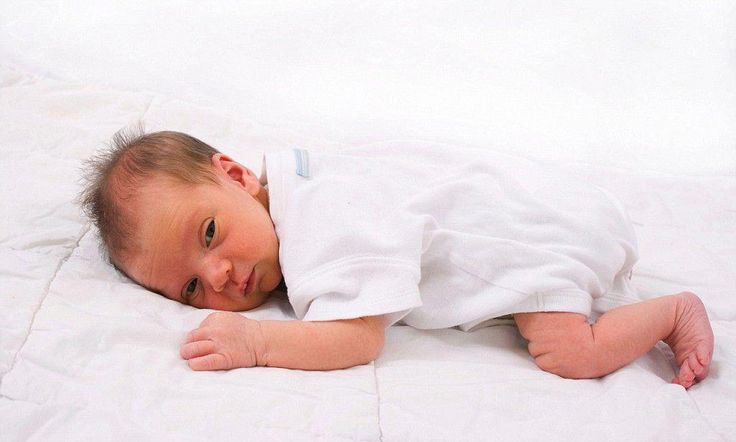 For now, it doesn’t hurt to introduce your baby to a mini routine with the understanding that it can change from day-to-day.
For now, it doesn’t hurt to introduce your baby to a mini routine with the understanding that it can change from day-to-day.
How do you follow a mini routine with an unpredictable schedule? Keeping it short and sweet!
For example, pick one daily activity like a diaper change, and follow the same steps when performing that task.
These mini routines will help your baby catch on quicker when they are a bit older and you work on establishing things like a daily schedule or bedtime routine.
Week 6: Review Newborn’s Sleep Schedule
At a month and a half, your baby may have developed new patterns. Do you notice any changes? Perhaps you’re transitioning into a more consistent feeding schedule. Maybe you notice your newborn is more awake and alert in the morning.
Now is the time to review your newborn’s sleep pattern and schedule. Do you find them getting tired at the same time at different points in the day? This could clue you into making that time a naptime.
Are they getting drowsy after dinner at the same time? That’s cue to make it bedtime. Do they get up to eat at the same time? That can clue you in when you should get some shut-eye before getting up in the night.
Following this newborn sleep tip will help you get into the habit of noticing when your baby is getting sleepy and is ready to be put down with ease.
Week 7: Stay Flexible
This newborn sleep tip is always important no matter the age of your baby, but serves as a good reminder to be flexible!
Your baby might be on a good stretch of regular nap times or waking up times which is great! But then a growth spurt, illness, or travel plans throws a wrench into your newborn’s sleep pattern.
Enjoy the moments when you have consistency and be flexible when things change. That might involve readjusting bedtime or feeding times. It might mean taking a few days to get back on track.
Newborns are constantly evolving and with it their habits.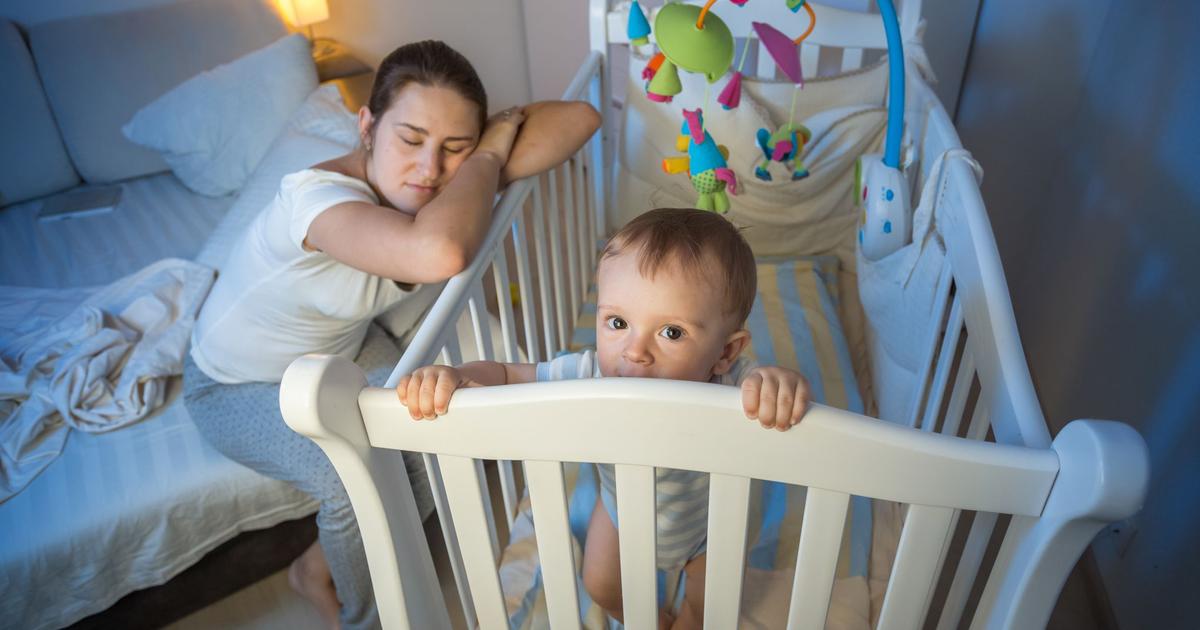 Staying flexible lessens the stress for you.
Staying flexible lessens the stress for you.
Week 8: Address Bumps In The Road
Inching closer to 2 months and you may have experienced a few glorious nights of good sleep or restful afternoons of naps.
Just when you’re feeling caught up on sleep yourself you might experience times when your baby is sleeping more like a 1 week old.
Things pop up in a newborn’s life for a variety of reasons. You might have a week of cluster feeding. Your baby might have digestive issues and get painful gas. You might experience colic with your newborn.
These situations put a halt on working towards regular sleep schedules or may put a damper on sleep altogether.
It may be easier said than done, but don’t sweat it if you’re not getting in your 10 am nap every day for the time being. Focus on taking care of your baby and figuring out what they need.
The good thing about newborns is that they are always changing and evolving and that means difficult phases don’t last forever.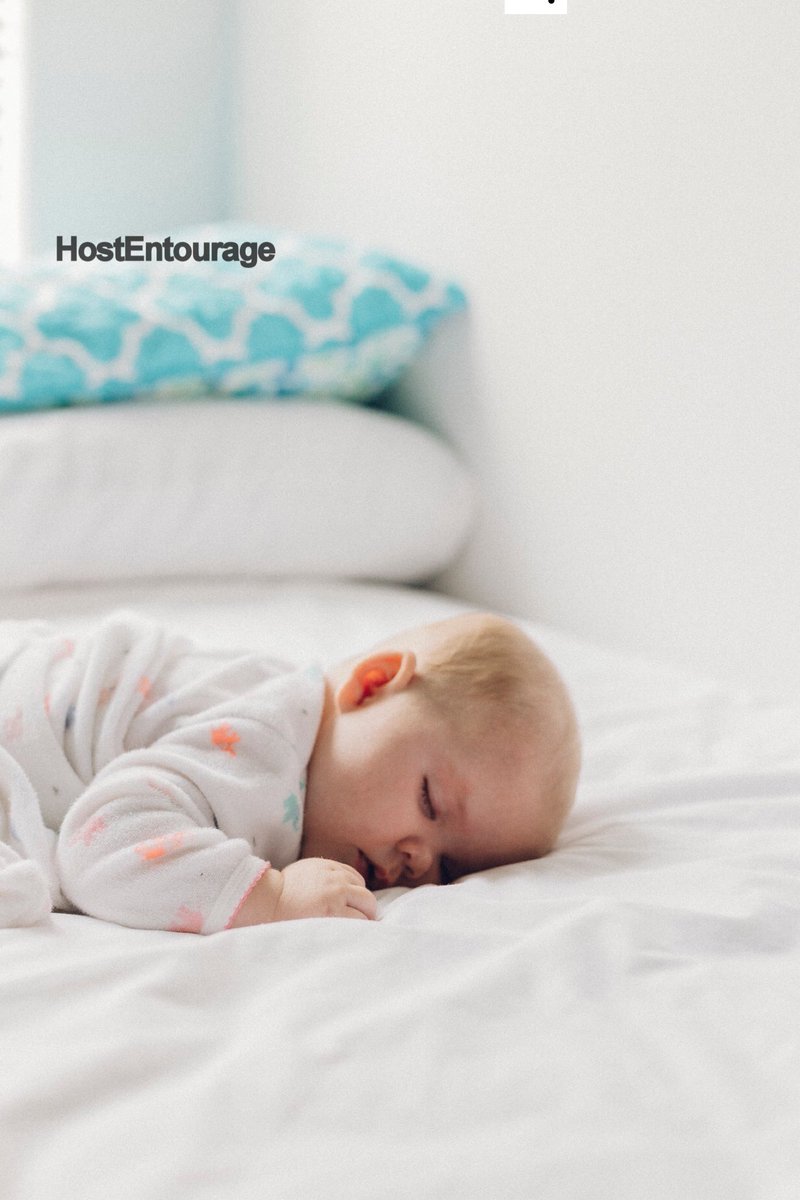 Whatever bumps come your way things will smooth out.
Whatever bumps come your way things will smooth out.
3rd Month Newborn Sleep Tips
What Your Newborn Is Up To: Does time seem like it’s flying by yet it feels like your newborn has been a part of your family for a long time?
That’s the life of raising a baby!
So what things are in-store as your infant heads into 3 months?
You probably are beginning to hear more baby coos and see baby smiles. At this stage, babies tend to start interacting with you more. They take more interest in their toys and other stimuli. Their bodies are growing stronger and holding up their heads more. Perfect time to work on tummy time!
And sleep. There’s emerging predictability with newborns at this stage. This means you can begin to work on routines and developing healthy newborn sleep habits!
Week 9: Start A Bed-Time Routine
By now hopefully, your baby has learned the difference between night and day. This is the perfect time to start working on a bedtime routine.
What this means is that you put your baby down at the same time every night. To get started look for tired cues from your baby so you know what the right time is for him or her. Some babies are ready for bed at 7 pm others 8:30 pm. It’s important to note you will want to start the routine before your baby gets tired so they are ready to fall asleep when they are tired.
When you establish the right time then create a routine that works for you and your baby. It can include bath-time, diaper change, singing some lullabies, feeding, rocking, and laying baby down to sleep.
Follow the same order each night and soon enough your baby will catch on that it’s bedtime. The idea here is not to do formal sleep training. It’s natural for your newborn to still wake up in the night. Putting them to bed at the same time each night helps build a foundation for healthy sleep habits as they grow.
If bed-time still varies for your newborn, that’s okay, just stay consistent with the routine whenever you put your baby down.
Week 10: Create A Day-time Routine
To go with a nighttime routine it makes sense to start making a day-time routine with your newborn. As your baby becomes a bit more predictable you can put some semblance to your day.
What should you include in a more robust routine with a baby? Things like wake-up at the same time. Scheduled meal times. Naptimes. Awake times for play and outings.
Because days may vary still, like your baby may sleep every morning at 10 am, but for some reason skips a morning nap, it’s best to schedule your day into time frames.
So if you’re baby wakes up sometime between 7:00-7:30 allow 30 minutes for that. If your newborn is hungry to eat sometime between 8-9 allow time for that. This allows you flexibility but still lets you keep to the same flow each day.
Week 11: Transition To The Crib
If you’re using a bassinet or some type of crib made for the newest baby you may have noticed it’s getting a little bit smaller.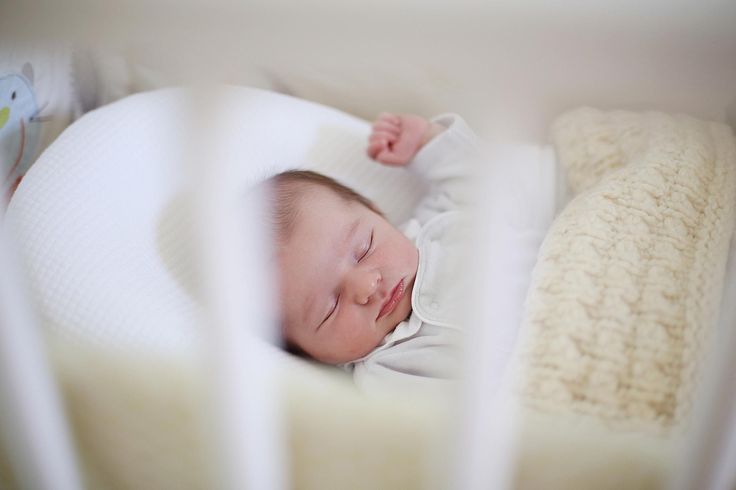 That’s because your newborn is growing!
That’s because your newborn is growing!
Most bassinets are safe for 3 months or younger. As you get closer to 12 weeks it’s good to consider transitioning your baby to the crib.
To start make sure your standard crib is set up properly and that the mattress is at the correct height. You don’t need any bells or whistles like blankets, pillows or bumpers to keep your baby comfortable. Safety is essential and anything like that is not safe for a sleeping baby.
Some babies do just fine getting placed in the crib. Other newborns might need help with the transition. In that case, start small. Use naptimes to get your baby used to their new sleep space and gradually add in additional naps or bed-time. As always follow the same nap-time and bedtime routine and always lay your baby on their back.
Week 12: Move Beyond The 4th Trimester
3 months! A quarter of a year! Can you believe it?
You might have noticed the 4th-trimester essentials aren’t needed as much now that your newborn is 3 months old. It’s okay to let these things go if your baby isn’t needing them anymore.
It’s okay to let these things go if your baby isn’t needing them anymore.
Breaking out of the swaddle blanket? Your baby is starting to stretch out its limbs more! Sleepsacks or sleepers are a perfect replacement as it keeps your baby comfortable while they slumber.
Spitting out the pacifier? If it’s no longer needed to help with soothing let it go! You won’t have to battle weaning your baby from the paci when they get older.
Any other 4th-trimester newborn sleep habits that don’t seem necessary is okay to stop because your baby is growing.
Each week brings something different with your newborn. Parenthood is all about changing and adapting along with your baby. Try out these top 12 newborn sleep tips to get you through the first 3 months.
12 baby-sleep tips for exhausted new parents
We asked the sleep experts to share their best tricks for newborn babies (and their parents!) to get some shut-eye.
Illustration: Olivia Mew
1. Invest in blackout curtains or make your own. You might not need them during the newborn stage, but they’ll be so worth it later on.
You might not need them during the newborn stage, but they’ll be so worth it later on.
Illustration: Olivia Mew
2. Some parents swear by infant massage strokes and even gently swiping a tissue over baby’s face to help calm them down and make them sleep— hey, whatever works!
Illustration: Olivia Mew
3. Muffle that maddening door click by looping a thick rubber band between both door knobs to form an X shape over the latch. Stealthy!
Illustration: Olivia Mew
4. Move baby to a crib without waking them:
—Watch their eyes. If your baby’s eyes are darting under their lids, they’re in deep sleep. Wait until their muscles are relaxed and they’re breathing deeply. Then administer the floppy-arm test: Lift up an arm and drop it. If baby doesn’t stir, you’re good to go.
—As you ever-so-gently lay them in their crib, keep one hand on their back and the other on their tummy. That continued pressure will ease the transition. If they startle, try patting their belly before you slink away.
If they startle, try patting their belly before you slink away.
—Try to maintain whatever position they’re in as you pick them up and put them down. Lay your baby flat (not head first) into the crib. Use a step-stool if you need the extra lift.
Alanna McGinn, Good Night Sleep Site:
5. Watch for newborns’ wakeful periods. They’re usually only 30 to 60 minutes in the first four months of life; put them to sleep as soon as they seem tired.
6. Change your baby’s diaper before the nighttime feed to minimize arousing them. And unless your baby has pooped or soaked through their diaper, you probably don’t want to change them at all in the middle of the night, to keep them in that sleepy state—especially if they’re only waking to feed.
7. When you get up for a nighttime feed, don’t turn on the bright lights. Buy an LED push night light that operates on batteries (so you can put it wherever you need it) and turns on with a quick touch.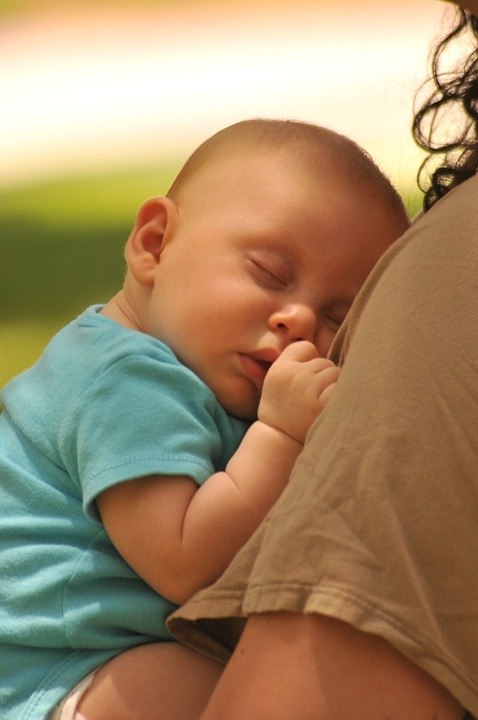 This also helps reduce the “wake-up” signals going to the parent and baby’s brains so it’s easier to fall back to sleep after feeding.
This also helps reduce the “wake-up” signals going to the parent and baby’s brains so it’s easier to fall back to sleep after feeding.
8. Put a hot water bottle in the bassinet or crib, which will warm it up and can sometimes make the transfer from your arms to bed a little easier. (Don’t forget to remove the hot water bottle before the baby is in!)
Alexis Dubief, Precious Little Sleep:
9. Babies are born without a well-developed circadian rhythm— they’re awake in the middle of the night, and you can’t fix that, at least for the first few months. Plan for this by sleeping in shifts with your partner or support person.
10. If your baby is sleeping in your room (as per the Canadian Paediatric Society recommendation), you’ll want to be able to get yourself into bed without waking them up. Use a white noise machine, and do all your bedtime prep out of the bedroom, “so you’re just ninja-ing in.”
Use a white noise machine, and do all your bedtime prep out of the bedroom, “so you’re just ninja-ing in.”
11. If they fall asleep in your arms during the day, don’t worry about putting them in a crib or bassinet. Put them down somewhere safe, which may even be the floor. (Not applicable if you have dogs or toddlers at home with you!) And if you’re feeling very tired, be careful you don’t fall asleep with baby on you.
12. Enjoy this period of portable naps. Sit at the coffee shop with your baby sleeping at your feet. “Enjoy your mobility while you can, because there will be three years after that when you can’t.”
Watch Baby Grow!
Subscribe to Today’s Parent’s baby newsletter and find out what to expect for every stage and milestone, from birth to two years.- Email*
- Baby's due/birth date*
Month223456789101112
Day12345678910111213141516171819202122232425262728293031
Year2024202320222021
- CAPTCHA
- Consent*
Yes, I would like to receive Today's Parent's Baby newsletter.
 I understand I can unsubscribe at any time.**
I understand I can unsubscribe at any time.**
FILED UNDER: baby sleep Newborn sleep Parent hacks Parenting hack Sleep
Putting the child to sleep: useful tips and recommendations
Author, editor and medical expert - Muraeva Yulia Yurievna.
Views: 195 704
Last update date: 06/23/2022 G.
average reading time: 12 minutes
Content:
Rhythm of children's sleep
How to properly laid it out properly sleep baby
How to help your baby sleep
How to teach a child to sleep in his own crib?
Bedtime rituals
What are the bedtime rituals?
Sleep is an important part of life, so it must be regular and of high quality 1 . But often the first year of a child's life becomes a real test for parents. Even such a seemingly simple action as putting a newborn to sleep sometimes turns into a task of increased complexity.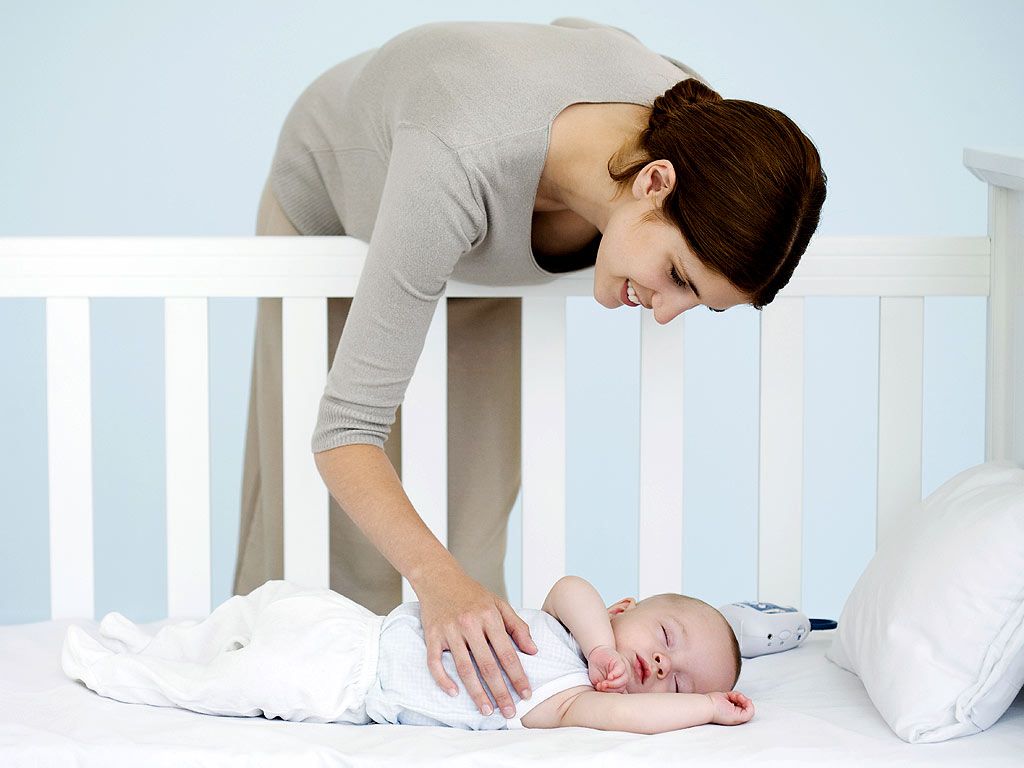
The difficulty is that in infants, sleep is still being formed, and circadian rhythms differ from those to which parents are accustomed 2 .
Rhythms of baby sleep
Before birth, the alternation of sleep phases in the fetus is subject to circadian (daily) rhythms and fluctuations in the hormonal background of the expectant mother. After giving birth, it takes time for the child to mature its own regulatory system 2 .
A term newborn sleeps an average of 16-17 hours 2 , and the total duration of sleep is not affected by dark and daylight hours 3 .
Babies up to 2 months have 2 sleep phases 2.3 :
- Active sleep. Starts after falling asleep. This phase is important for the stimulation and development of the central nervous system. During active sleep, you can observe the baby's mobility, rapid eye movements and a weakening of reactions to external stimuli (light, sound, touch).

- Peaceful sleep. Follows the active phase. During restful sleep, the heart rate slows down, the movements of the eyeballs stop, and the baby stops moving his arms and legs.
Together these 2 phases form a cycle. Each cycle begins with active sleep followed by restful sleep. The duration of such a cycle is approximately 45-60 minutes 3 .
But the sleep-wake cycle lasts longer. For breastfed babies, it is approximately 1-3 hours, and for artificial babies, it is 2-5 hours 3 .
Gradually lengthening periods of wakefulness, and most of the sleep occurs at night 2 :
- By the end of 3 months of life, an uninterrupted night's sleep can be about 5 hours 3 .
- From 2 to 12 months, babies sleep 9-10 hours at night 3 , while daytime sleep is divided into 1-4 episodes that can last from 30 minutes to 2 hours 3 .
Sleep regularity and sleep disturbances can be assessed after 6 months, when the child develops circadian rhythms 3 .
Although the night sleep becomes longer, each cycle is still accompanied by micro-awakenings (wakings) 2.3 , after which the baby can fall asleep quickly enough. This is a short-term activation of the central nervous system, which must be distinguished from a full awakening 2 . It is good if at this moment the mother is nearby and helps the child fall asleep again.
Back to Contents
How to Put Your Baby to Sleep
The American Pediatrics Association has developed guidelines for safe sleep for babies. Below are some of them (the full list of recommendations can be found at the link) 4 :
- The best sleeping position is on your back.
- The mattress should be hard enough, and the crib should not be cluttered with things, blankets, pillows.
- No smoking in the nursery.
- If the child sleeps in a cool room, it is better to dress him warmly or put him in a special sleeping bag for babies.
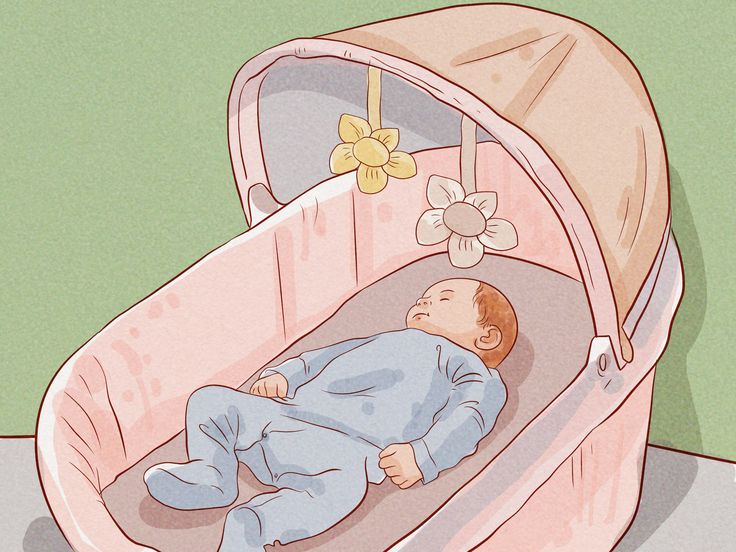 He should be warm, but not hot, so it is not recommended to wrap him with a blanket. And in order for the baby to breathe freely, in no case cover him with a blanket with his head.
He should be warm, but not hot, so it is not recommended to wrap him with a blanket. And in order for the baby to breathe freely, in no case cover him with a blanket with his head.
Babies up to 12 months of age still need to feed at night, so sleeping in the same room with the mother may be necessary to optimize breastfeeding and closer contact 4 . Co-sleeping in the same room with parents does not mean that the child will sleep with them in the same bed, because it does not meet the safety requirements 4 .
Before putting your newborn to bed, also remember that:
- Tight swaddling is not recommended0036 4 . There are babies who find this soothing, but swaddling can interfere with the baby's breathing because the chest is compressed and the baby cannot take a deep breath. 4 . Tight swaddling also increases the risk of a lung infection and can aggravate hip dysplasia. Do not swaddle a baby who is already rolling over from his back to his stomach 4 .
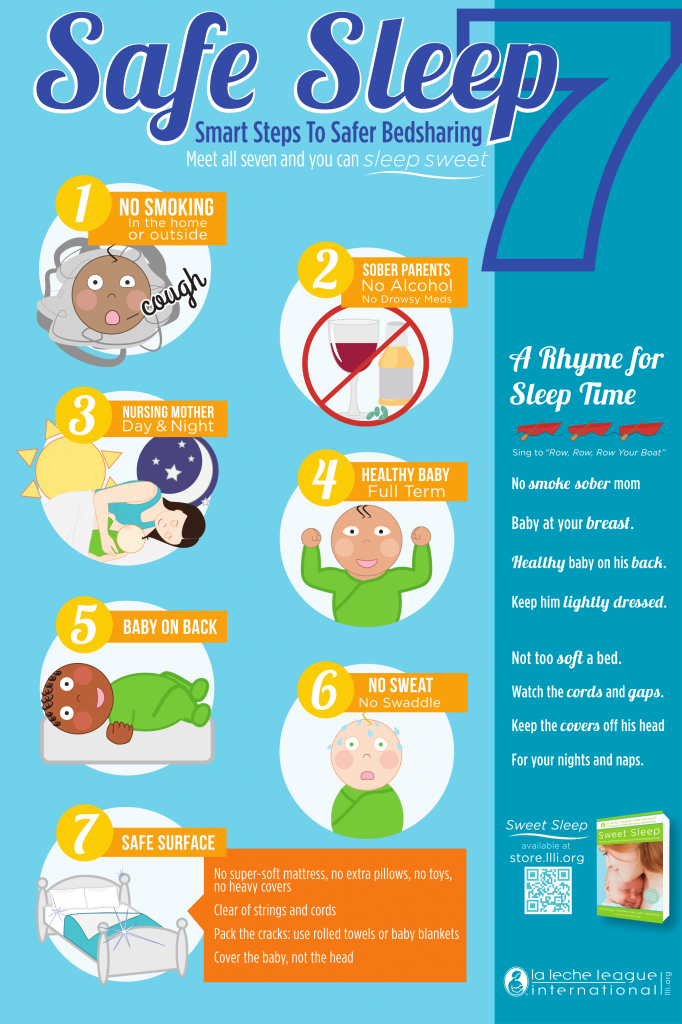
- There is no consensus on the use of pacifiers. Some experts believe that they have a negative effect on breastfeeding and interfere with the formation of the correct bite. Other evidence suggests that pacifiers help reduce the risk of respiratory and cardiac problems in infants up to 12 months of age 4 .
- Don't encourage falling asleep in your arms or while feeding. Older babies do not need to be allowed to fall asleep while watching a movie, after a set time, or in their parent's bed 4 .
Back to content
How to help your baby fall asleep
As the baby develops, fears, anxiety, anxiety may appear when he refuses to sleep separately from his parents and resists falling asleep 2 . The maturation of biological rhythms is facilitated by the environment of the child, the behavior of parents, compliance with the regimen and rules of sleep hygiene 3 .
To ensure quality rest and proper development, parents need to follow the recommendations. Specialists advise following these rules 4 :
- Put the baby to bed in the evening and wake up in the morning at about the same time, despite weekends and holidays 4 .
- Avoid physical activity before bed 4 .
- Limit activities in bed that are not related to falling asleep (playing, feeding), as this interferes with the baby's understanding of sleep 4 .
- Keep the bedroom comfortable - moderate temperature, low lighting, minimal noise, comfortable pajamas 4 .
- Form a laying ritual 5 .
- Follow the diet - the baby should not have any hunger or overeating. Before going to bed, you can feed him a little 5 .
- Keep an activity diary so that you can analyze and understand what interferes with your child's sleep 4 .
Back to Contents
How can I get my baby to sleep in his own crib?
There are various methods to help a child fall asleep on his own, without the help of parents. They are often used as a non-drug treatment for insomnia (sleep disorder) in young children aged 1 to 3 years 4 . Examples of such techniques are described below. Choosing the right one for your baby should be discussed with a baby sleep specialist.
They are often used as a non-drug treatment for insomnia (sleep disorder) in young children aged 1 to 3 years 4 . Examples of such techniques are described below. Choosing the right one for your baby should be discussed with a baby sleep specialist.
One way to overcome sleep disorders is through behavioral therapy. It helps to change wrong associations and sleep patterns in a child 4.7 . In behavioral therapy, the abandonment method is used. With him, parents immediately leave the child in the crib and leave the nursery. However, they do not return when they hear his cries or call, giving him the opportunity to fall asleep on his own 4 . But psychologists do not recommend using this approach if the baby is not yet 6 months old and is breastfeeding 4 , as this may adversely affect the baby's condition.
In addition, the abandonment method is not suitable for all parents. For those who want to be near or calm a crying baby 4 experts recommend other methods - "check and hold" or "gradual repayment" 4. 7 .
7 .
Back to Contents
"Checking and Holding"
When getting ready for bed, the parent spends some time with the child, then puts him to bed and leaves the room or goes to bed if she is in the nursery. At the same time, they do not approach the baby for 15-20 minutes and do not react to his crying or screaming. This period is called "hold" 7
When the 20 minutes have elapsed, the parent goes to the child, straightens his bed and returns to himself. This part is called checking 7 .
It is very important not to take him out of the crib and feed him when he wakes up. The exception is children who require night feedings for age or medical reasons. In all other cases, the parent simply comes to the crib for a short time to check, and then leaves again for a 15-20 minute “hold” 7 .
Gradually - over several nights - increase the "hold" interval to 30 minutes 7 .
Up to content
Gradual repayment
This technique is designed to “repay” the child's protests and manipulations 7 . There are 2 options for "gradual repayment" - with and without the presence of a parent 4 .
There are 2 options for "gradual repayment" - with and without the presence of a parent 4 .
The classic option is to leave the baby alone in the bedroom for a certain amount of time, gradually accustoming him to fall asleep on his own. Unlike the “check and hold” method, the child can be calmed down. But you need to return to his bed not at the first call, but after a certain time. After the child calms down, you need to leave again, increasing the intervals when he tries to fall asleep without you 7 . This option is suitable for babies over 6 months old 4 .
Until the age of six months, use the “gradual repayment” method in the presence of a parent. It is carried out in stages 4 :
- The parent puts the baby to bed and sits next to it. If the bed is large, you can lie down next to the child.
- On subsequent nights, mom or dad still stays close to the baby, but gradually reduces the number of touches, communicates less with him, showing him that they are busy with something, for example, reading or cleaning the room.
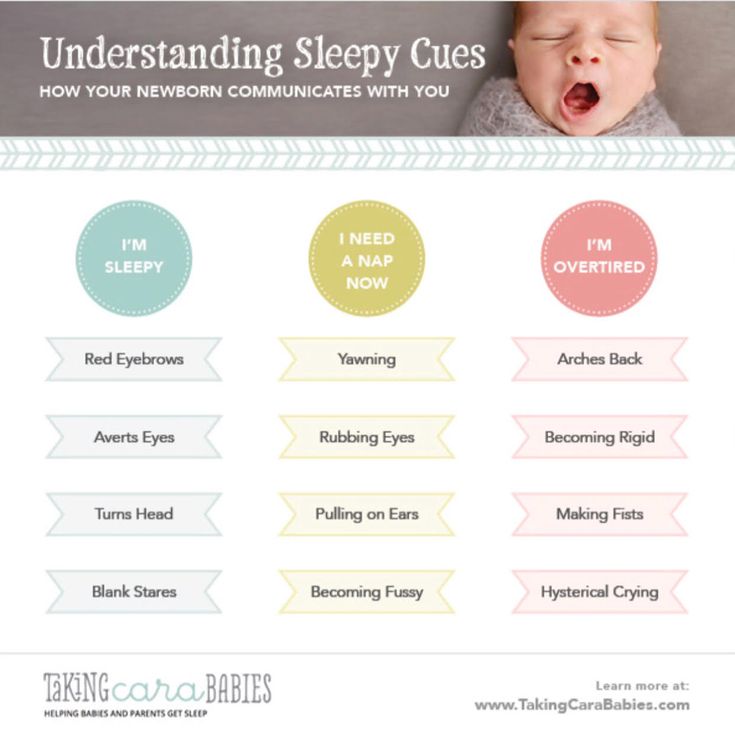
- When putting the child to bed, the parent does not lie down next to him, but sits on a chair not far from the bed, about 5 meters from it, continuing to sit until the baby falls asleep.
- In the next step, the distance between the bed and the chair is increased by gradually moving it away.
- A little later you can leave the nursery for a while, but be sure to return before the baby cries.
If the child wakes up, repeat the same steps that you perform at this stage of the procedure. The stages can be stretched over several days so that the baby has time to get used to each 4 .
Up to contents
Bedding rituals
Forming a bedding ritual is considered to be an effective method 4 . It can complement the "repayment" technique, but sometimes it works quite well on its own. Suitable for all ages, but the earlier it is started, the less likely babies are to develop sleep problems - they fall asleep faster and sleep longer 4 .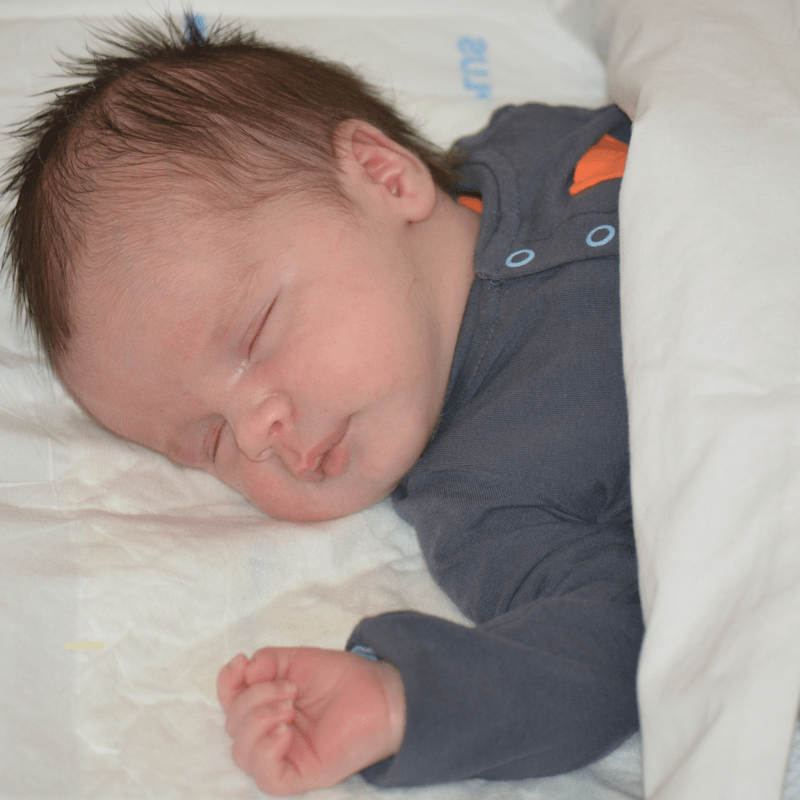
The ritual begins at the moment of the child's drowsiness. Before you put the baby to sleep, you need to perform a number of actions. They should be predictable, regular, relaxing and positive. The total duration of the ritual is 20-45 minutes 4 . If it was not possible to meet the set time, most likely, you need to shift the ritual to another time and wait for drowsiness. It can manifest itself as loss of interest in surrounding toys and people, reddening of the eyelids, rubbing of the eyes, yawning 4 .
Back to Contents
What are the rituals for falling asleep?
Experts recommend preparing for sleep, which consists of consecutive, daily repeated actions, the so-called routines 5 . They help to speed up falling asleep, increase the quality and duration of sleep, reduce the number of night awakenings 5 .
The most typical nightly rituals 6 :
- Bathing in warm water with your favorite foam or bath product, light massage.

- Soothing sounds - "white noise". This is a monotonous noise that does not carry a semantic load, soothes and helps to forget, for example, flowing water, a metronome, ticking clocks or recordings of nature sounds.
- Lullabies and fairy tales.
- Wishes for "good night", "sweet dreams" or other phrases that are said only before going to bed.
Sleep experts recommend a three-step ritual that includes bathing, massage and quiet time in the crib 8 .
- Bath foam can be used during bathing. For babies from 6 months, JOHNSON’S ® Baby Bath Foam "Before Bed" is suitable. It has a soothing scent to help your baby get ready for bed 8 .
- Immediately after a warm bath, a milk can be applied to the skin, such as JOHNSON’S ® Bedtime Milk 8 , for children over 6 months of age, by lightly stroking the skin. Such a massage will calm the baby even more and prepare him for sleep, especially thanks to the pleasant smell of milk 8 .

- At the third stage, you need to change the child into pajamas, read a bedtime story or sing a lullaby 4,8 .
As a rule, a few days are enough to form an association between the evening routine and falling asleep 4 .
As you can see, pediatricians and psychologists have developed various methods for healthy children's sleep and fast falling asleep. But you need to use them, taking into account the age of the child, his habits and characteristics of the nervous system. The task of parents is to organize the baby’s daily routine and prepare him for sleep, calming and creating positive associations with the process of falling asleep. With the correct implementation of the recommendations of a specialist, the child will gradually learn to fall asleep independently and faster, will sleep longer and sounder.
You may also be interested in:
Traveling with your baby
Baby's Skin Care Guide
Back to Contents
The information in this article is for guidance only and does not replace professional medical advice. For diagnosis and treatment, contact a qualified specialist.
For diagnosis and treatment, contact a qualified specialist.
References:
- E.S. Sakharova. What worries the baby? Pediatric pharmacology, 2010, volume 7, No. 2, pp. 143-148.
- I.A. Kelmanson. Formation of the state of sleep in ontogeny and the problems arising from this. Neurology and psychiatry. Special issue "Sleep and its disorders-5". Effective pharmacotherapy, 2017, No. 35, p.4-13
- M.G.Poluektov, P.V.pchelina. Sleep in children: from physiology to pathology. Medical Council, 2017, No. 9, pp. 98-103.
- P.V.Pchelina. M.G.Poluektov. How to treat insomnia in early childhood. Neurology and psychiatry. Special issue "Sleep and its disorders-4". Effective pharmacotherapy, 2016, No. 19, pp.52-60.
- Jodi A. Mindell, PhD; Lorena S. Telofski, BA; Benjamin Wiegand, PhD; Ellen S. Kurtz, PhD. A Nightly Bedtime Routine: Impact on Sleep in Young Children and Maternal Mood. (The Nightly Sleep Schedule: Effects on Young Children's Sleep and Maternal Mood) SLEEP (Sleep), Vol.
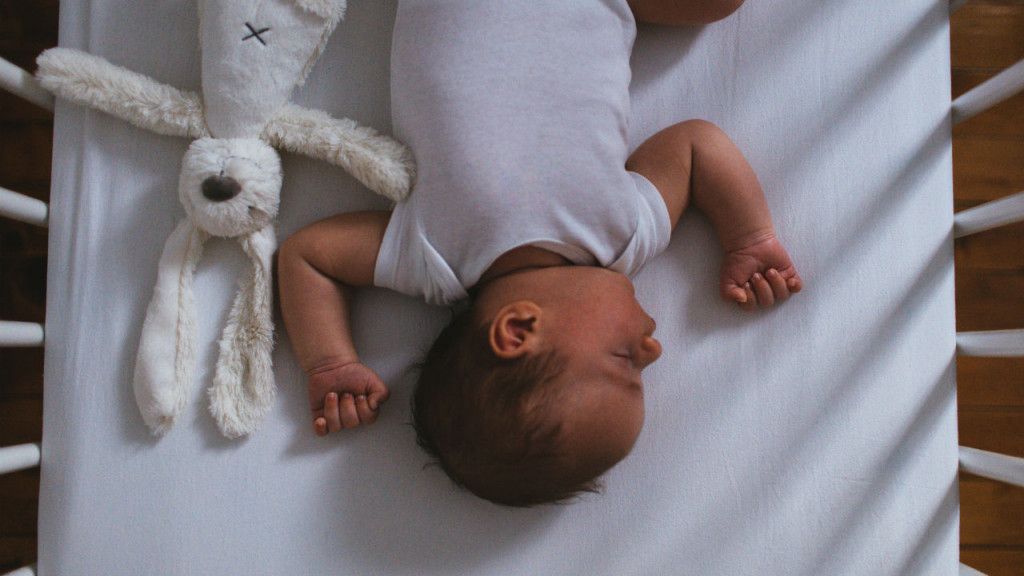 32, no. 5, 2009. pp. 599-607.
32, no. 5, 2009. pp. 599-607. - E.A. Korabelnikova. Treatment and prevention of insomnia in young children. Russian Psychiatric Journal, 2012, No. 3, pp. 62-70.
- M.G. Poluektov Sleep disorders in childhood: causes and modern therapy // Effective pharmacotherapy, Neurology and psychiatry. 1/2012
- Mindell J, Lorena S, Telofsky BA et al. Nightly sleep routine: effects on young children's sleep and maternal mood. Sleep. 2009; 23:599–606.
Back to Contents
15 tips for getting ready for bed quickly and easily
How to put a child to sleep without tears, without performing a feat of patience and endurance? There are scattered tips and complex author's methods. But each parent creates his own ritual, watching the newborn, getting to know his temperament. Consider all the components of sleep and important details so that you enjoy spending the evening hours with your baby and fall asleep quickly and peacefully every time.
How much time does a child need to sleep?
In the first six months of life, children sleep most of the day - from 16 to 18 hours. Further, the total number of hours of sleep is gradually reduced (at the age of one to three years - about 13 hours), and the number of daytime hours (already at the age of three, the baby sleeps only once during the day). The longest and most important is night sleep. And its guarantee is peace and a sense of security. Therefore, all tips on how to quickly put a child to sleep come down to creating a harmonious and warm atmosphere. What is needed for this and what can help?
Further, the total number of hours of sleep is gradually reduced (at the age of one to three years - about 13 hours), and the number of daytime hours (already at the age of three, the baby sleeps only once during the day). The longest and most important is night sleep. And its guarantee is peace and a sense of security. Therefore, all tips on how to quickly put a child to sleep come down to creating a harmonious and warm atmosphere. What is needed for this and what can help?
The mood of the baby directly depends on the state of the mother. If she feels rested, negative emotions and irritation do not unsettle her, then the baby will be relaxed. From the first months of life, the newborn shows its own temperament and features of the nervous system. Quiet or lively - you should not resist the characteristics of the child, it is better to accept them and adapt. So your bedtime ritual will form faster.
Pay close attention to how the child behaves
When the baby is tired and wants to sleep, he involuntarily gives signs to his parents.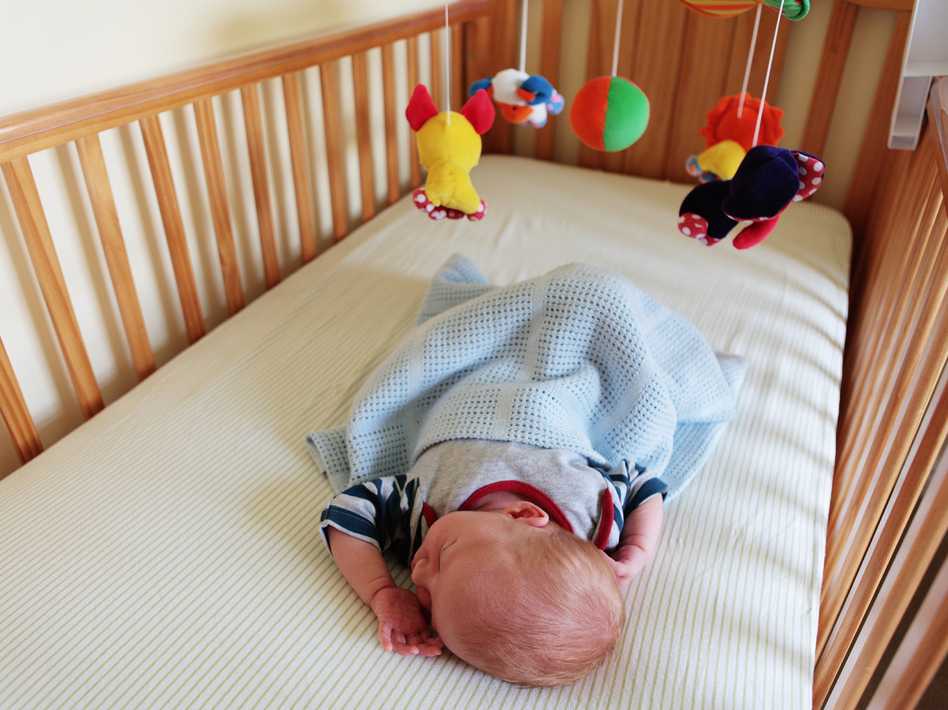 Over time, they become permanent habits: some rub their ears, others twist their hair. Noticing this signal, parents should immediately start laying. It’s better to postpone things: having missed this moment in the baby’s biorhythm, you can wait a few more hours for the next one, suitable for falling asleep. As usual, children signal that they want to sleep:
Over time, they become permanent habits: some rub their ears, others twist their hair. Noticing this signal, parents should immediately start laying. It’s better to postpone things: having missed this moment in the baby’s biorhythm, you can wait a few more hours for the next one, suitable for falling asleep. As usual, children signal that they want to sleep:
- They become slow, want to lie down on the floor or on a pillow.
- They rub their eyes and begin to yawn.
- Rubbing the ear or nose.
- They act up, refuse to eat and play, cry because of little things.
- They do not want to communicate with others, they are drawn to their parents.
- Overexcited, even aggressive.
Ventilate the room
Start preparing a place to sleep by ventilating the room. In a stuffy room, it will be difficult for a child to fall asleep. It is for this reason that babies fall asleep in the air - when it is easy to breathe.
Teach your baby: the bed is the place to sleep
The crib, of course, must be well equipped. A comfortable mattress and pillow, soft ironed bed linen will make your sleep comfortable. But it is even more important to teach a child from an early age: you need to sleep in bed. You should not start playing with a small child in the crib or leave the baby here for most of the day when he is awake so that sleep is not confused with activity.
A comfortable mattress and pillow, soft ironed bed linen will make your sleep comfortable. But it is even more important to teach a child from an early age: you need to sleep in bed. You should not start playing with a small child in the crib or leave the baby here for most of the day when he is awake so that sleep is not confused with activity.
Align daily schedule
An important tip with a cumulative effect: in order for the daily routine to work for you, you need to strictly observe it for 3-4 weeks. Even if the baby will be capricious and resist. Gradually, a habit will be formed, the sleep and wakefulness regime will simply be maintained. The day of the baby should be eventful. Choose different activities: walks, games, communication with mom and dad. The child should be put to bed at the same time during the day. Do not be afraid to wake the child after a midday nap: if fatigue does not accumulate by the evening, it will not be easy to quickly put the baby to sleep.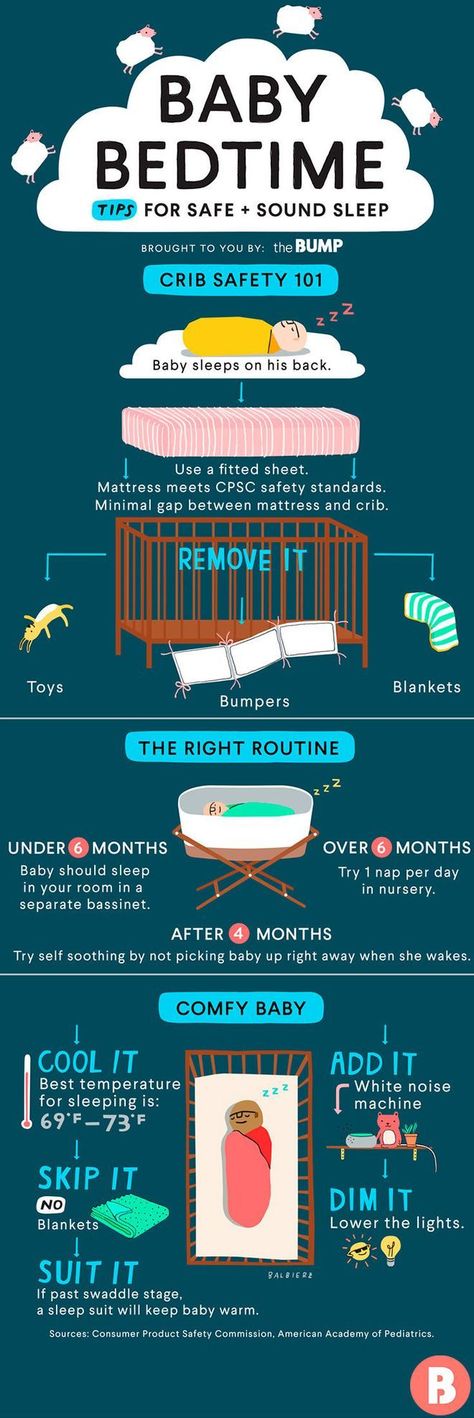 Babies up to 6 months old should have at least three hours from evening sleep to night sleep. Older children have at least four.
Babies up to 6 months old should have at least three hours from evening sleep to night sleep. Older children have at least four.
Plan an evening ritual
Every action before sleep can be a signal bell for the baby's subconscious. You want your bedtime ritual to be pleasant and soothing. For a child, the familiar environment and the sequence of actions are important: feeding, bathing, massage and communication with mom. The system of rituals works if the age and characteristics of the child's nervous system are taken into account. What works for other children may not necessarily work for your son or daughter. When a stable sequence of actions “for the night” has developed, try to follow it and very carefully, carefully introduce new activities, other actions.
Here are five rituals that can help get your baby to sleep quickly:
- Saying goodbye to toys: gather all your favorite friends, say good night to everyone.
- Turn off the lights: go around all the rooms together and turn off the lights - this way you will let the baby know that the whole house is getting ready for bed.

- Watching the fish: if you have a home aquarium, you can watch the fish leisurely cut through the water - it's very calming.
- Sing a lullaby: choose a song that will soothe and lull your baby.
- Read a fairy tale: Hearing a good story before you go to bed is a great option.
Have a warm bath
Bathing itself will help prepare your baby for sleep. Your allies in this matter: warm water (the optimum temperature is 37 degrees), lush foam, caring hands of mom and a relaxing massage after bathing. The aroma of the foam you use is important. The My Sunshine line of bathing products includes Baju-bayushki foam with a proven combination of aromas that help set your child up for sleep. It contains natural extracts of lavender and rose oil. Thanks to them, the foam not only gently cleanses and moisturizes the skin, but also soothes and relaxes the baby. Hypoallergenic foam is recommended by pediatricians for daily use, so its aroma can become an additional "bell" - a signal to sleep. After the bath, use the "Bayu-Bayushki" cream. Thanks to its light texture, it is instantly absorbed. Many mothers note that after light strokes and application of the “Bayu-bayushki” cream, the children themselves easily fall asleep.
After the bath, use the "Bayu-Bayushki" cream. Thanks to its light texture, it is instantly absorbed. Many mothers note that after light strokes and application of the “Bayu-bayushki” cream, the children themselves easily fall asleep.
Feed your baby shortly before bedtime
After a hearty dinner, the child relaxes and falls asleep easily. But some children, on the contrary, become active after eating, and it may not be so easy to put them to bed after feeding. Therefore, you need to adjust the feeding time. If the baby calms down after eating, then you can feed him an hour before bedtime and immediately take a bath. Then he will feel comfortable in the water. Don't be alarmed if your baby has a hard time getting to bed and falls asleep for a long time while you feed him at night. Once you outgrow this period, his sleep will return to normal. If a baby at 2-4 weeks of life is disturbed by colic after eating, and because of this he cannot fall asleep, then it is worth shaking him in his arms for 10-15 minutes immediately after feeding, laying his tummy down.
Leave active games for daytime
The obvious advice is not to race around the apartment a few hours before bedtime. Even dynamic cartoons will not let you fall asleep right away.Perform a distraction
But what if the baby can not calm down and continues to frolic? Strictly give the command "to bed!" definitely not worth it. Try to accept the mood of the baby. Switch his attention from the currently impossible task of "falling asleep" to a new one. Show something interesting or play a quiet game. Wait a little when he starts rubbing his eyes. And tomorrow try to adjust the daily routine.
Try the old method - motion sickness
Measured movements soothe and even out the baby's heart rate. The child relaxes and falls asleep. But pediatricians advise not to abuse this method: the baby can get used to falling asleep only in the arms of his mother. We will have to form new rituals of falling asleep through tears at an older age.
Swaddle your baby
Babies up to four months old are easily reminded of the time spent in the warm mother's tummy.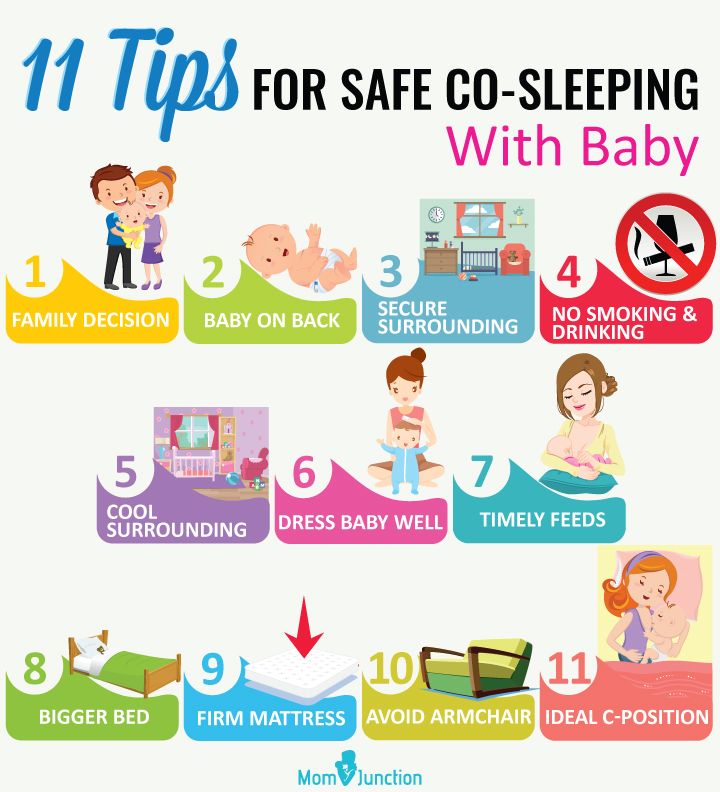 Do not swaddle too tightly, shake the baby a little, and he will fall asleep soon. Baby will be more comfortable sleeping in a diaper. The movements are not yet clearly synchronized with the reactions of the brain, the baby may begin to move in a dream and experience discomfort from this. Swaddling will save you from this. After four months, it will be more correct to find another method to put the baby to sleep.
Do not swaddle too tightly, shake the baby a little, and he will fall asleep soon. Baby will be more comfortable sleeping in a diaper. The movements are not yet clearly synchronized with the reactions of the brain, the baby may begin to move in a dream and experience discomfort from this. Swaddling will save you from this. After four months, it will be more correct to find another method to put the baby to sleep.
Sing a lullaby
The child relaxes and sleeps peacefully. But pediatricians advise not to abuse this method: the baby can get used to falling asleep only with a lullaby.
Put on relaxing music
Pediatricians recommend not to lull babies into silence. Otherwise, their sleep will be very sensitive, the baby will startle at every rustle. Turn on a calm melody: instrumental classics or sounds of nature will do. Another excellent auditory sedative is white noise.
Let me suck on a pacifier
Up to a year, the sucking reflex in children is one of the main ones. Therefore, the pacifier calms: a newborn with a pacifier is enough to shake a little, and he will quickly fall asleep. But do not forget to take out the pacifier from the sleeping baby.
Therefore, the pacifier calms: a newborn with a pacifier is enough to shake a little, and he will quickly fall asleep. But do not forget to take out the pacifier from the sleeping baby.
Make up a dream story
The advice is suitable for children who already speak well. Kids love fairy tales and easily "read" the right messages that parents put in the story. The heroes of your fairy tale should definitely be rewarded for falling asleep peacefully every night. For this, glory and universal approval await them. Even better, if the hero of the fairy tale is an "authority" - a favorite character from a book or cartoon. After all, most likely, the baby really wants to be like him.
Let your baby fall asleep by himself
There are author's methods on how to gradually accustom a child to fall asleep on their own. One method is called Entry/Exit: the mother puts the baby in the crib and goes to another room. The first time she leaves the baby alone for 5 minutes.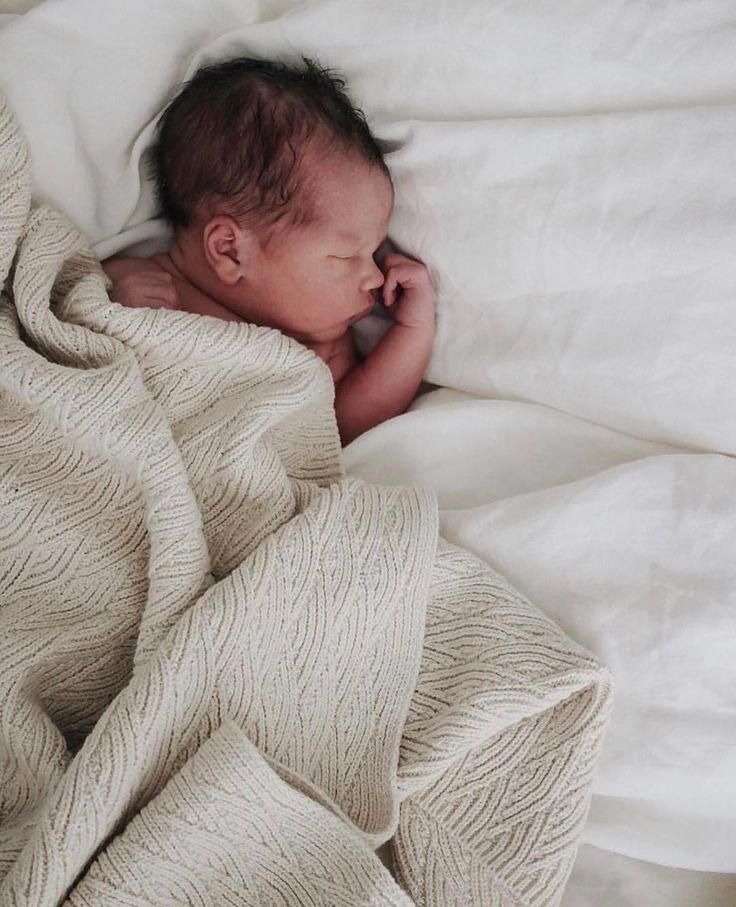 At this time, it is important not to give in, even if the baby starts to whine. Then you can return to the room and calm the baby, and then leave again for 10 minutes. Gradually, the interval increases, on the 5th-7th day the child will begin to fall asleep on his own. How it works? Children realize that whims and tears do not work, and stop resisting. Given the previous advice (own bed, ventilated room, bathing, etc.), they reflexively fall asleep.
At this time, it is important not to give in, even if the baby starts to whine. Then you can return to the room and calm the baby, and then leave again for 10 minutes. Gradually, the interval increases, on the 5th-7th day the child will begin to fall asleep on his own. How it works? Children realize that whims and tears do not work, and stop resisting. Given the previous advice (own bed, ventilated room, bathing, etc.), they reflexively fall asleep.
Briefly about the author's methods
American pediatrician Harvey Karp offered parents a five-point algorithm, which, in his opinion, would quickly send the child to sleep. Here they are:
- rocking;
- swaddle;
- give a pacifier;
- lay on its side;
- turn on soothing white noise.
And the method of a pediatrician from Spain, Eduard Estiville, is suitable for children over one and a half years old. During the day, mom and dad should set up the baby for the fact that in the evening he will fall asleep on his own. You need to repeat this attitude several times. When it comes to bedtime, parents again need to be warned that now they will leave him alone with them and will come to visit in a minute. After that, they really get up and close the door behind them. Estiville believed that it was imperative to endure these 60 seconds, even if the baby cries. Day by day, the period of time needs to be increased - gradually the child will get used to falling asleep on his own. This approach is ambiguous: he has as many followers as opponents.
You need to repeat this attitude several times. When it comes to bedtime, parents again need to be warned that now they will leave him alone with them and will come to visit in a minute. After that, they really get up and close the door behind them. Estiville believed that it was imperative to endure these 60 seconds, even if the baby cries. Day by day, the period of time needs to be increased - gradually the child will get used to falling asleep on his own. This approach is ambiguous: he has as many followers as opponents.
An ordinary father from Australia, Nathan Dylo, shared his own life hack online: he showed how he can put his son to sleep in less than a minute using a paper napkin. For some time, the man gently strokes the baby's cheeks, and he really quickly falls asleep. Experts explain: this is not know-how, it's just that children are sensitive to tactile contact - soft strokes soothe them.
Show your child love and affection
The easiest way to calm your baby is to pet him for a few minutes when he is already settled in the crib.





